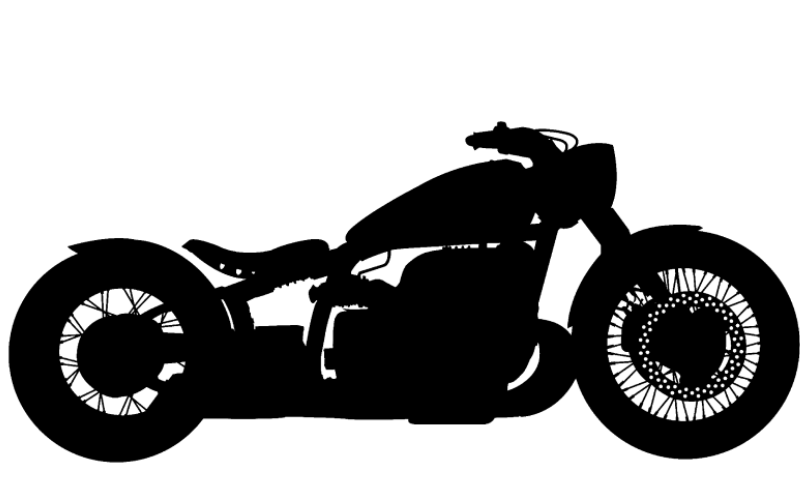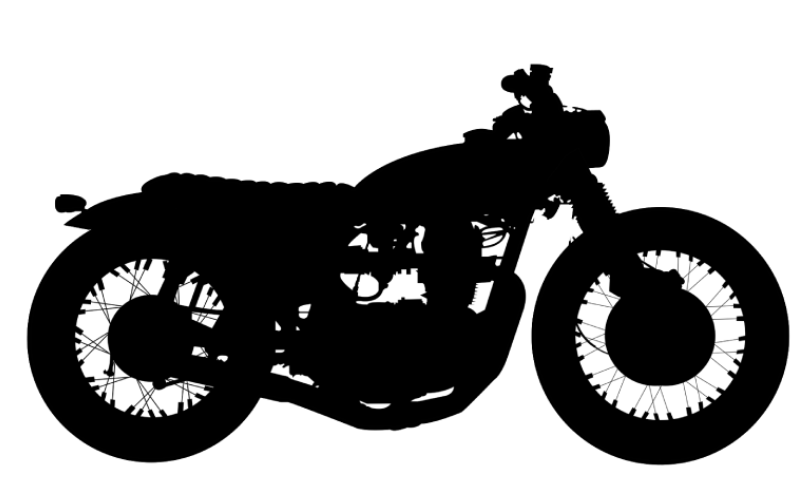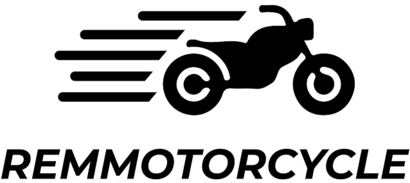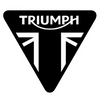SEARCH BY CATEGORIES
SEARCH BY INSPIRATIONS
- Air filters
- Brake & Clutch levers
- Electric box
- Exhaust
- Fenders
- Footpegs
- Front protections
- Front suspension
- Front suspension protections
- Fuel tanks
- Handle grips
- Handlebar
- Handlebar switch controls
- Headlights
- License plate holder
- Mirrors
- Mudguards
- Rear frame
- Suspensions
- Seats
- Silencers
- Speedometers
- Taillights
- Thermal strips
- Turn signals
- Air filters
- Belows front suspensions
- Brake & clutch levers
- Electric box
- Engine protection
- Exhaust
- Fenders
- Foot pegs
- Front suspensions
- Fuel tanks
- Handle grips
- Handlebar switch controls
- Handlebars
- Headlights
- License plate holder
- Mirrors
- Mudguards
- Rear frame
- Rear light
- Rear suspensions
- Seats
- Silencers
- Speedometers
- Thermal strips
- Turn signals
- Air filters
- Belows front suspensions
- Brake & Clutch levers
- Electric box
- Exhausts
- Fenders
- Foot pegs
- Front suspensions
- Fuel tanks
- Handle grips
- Handlebar switch controls
- Handlebars
- Headlights
- License plate holders
- Mirrors
- Mudguards
- Rear light
- Rear suspensions
- Seats
- Silencers
- Speedometers
- Thermal strips
- Turn signals
- Air filters
- Belows front suspension
- Brake & Clutch levers
- Electric box
- Exhaust
- Fenders
- Foot pegs
- Front protection
- Front suspensions
- Fuel tanks
- Handle grips
- Handlebar switch controls
- Handlebars
- Headlights
- License plate holders
- Mirrors
- Mudguards
- Rear frame
- Rear light
- Rear suspensions
- Seats
- Silencers
- Speedometers
- Thermal strips
- Turn signals
- Air filters
- Belows front suspensions
- Brake & Clutch levers
- Electric box
- Engine protection
- Exhausts
- Fenders
- Foot pegs
- Front suspensions
- Fuel tanks
- Handle grips
- Handlebar switch controls
- Handlebars
- Headlights
- License plate holders
- Mirrors
- Mudguards
- Rear frame
- Rear light
- Rear suspensions
- Seats
- Silencers
- Speedometers
- Thermal strips
- Turn signals

- Air filters
- Brake & Clutch levers
- Electric box
- Exhaust
- Fenders
- Footpegs
- Front protections
- Front suspension
- Front suspension protections
- Fuel tanks
- Handle grips
- Handlebar
- Handlebar switch controls
- Headlights
- License plate holder
- Mirrors
- Mudguards
- Rear frame
- Suspensions
- Seats
- Silencers
- Speedometers
- Taillights
- Thermal strips
- Turn signals

- Air filters
- Belows front suspensions
- Brake & clutch levers
- Electric box
- Engine protection
- Exhaust
- Fenders
- Foot pegs
- Front suspensions
- Fuel tanks
- Handle grips
- Handlebar switch controls
- Handlebars
- Headlights
- License plate holder
- Mirrors
- Mudguards
- Rear frame
- Rear light
- Rear suspensions
- Seats
- Silencers
- Speedometers
- Thermal strips
- Turn signals

- Air filters
- Belows front suspensions
- Brake & Clutch levers
- Electric box
- Exhausts
- Fenders
- Foot pegs
- Front suspensions
- Fuel tanks
- Handle grips
- Handlebar switch controls
- Handlebars
- Headlights
- License plate holders
- Mirrors
- Mudguards
- Rear light
- Rear suspensions
- Seats
- Silencers
- Speedometers
- Thermal strips
- Turn signals

- Air filters
- Belows front suspension
- Brake & Clutch levers
- Electric box
- Exhaust
- Fenders
- Foot pegs
- Front protection
- Front suspensions
- Fuel tanks
- Handle grips
- Handlebar switch controls
- Handlebars
- Headlights
- License plate holders
- Mirrors
- Mudguards
- Rear frame
- Rear light
- Rear suspensions
- Seats
- Silencers
- Speedometers
- Thermal strips
- Turn signals
- Air filters
- Belows front suspensions
- Brake & Clutch levers
- Electric box
- Engine protection
- Exhausts
- Fenders
- Foot pegs
- Front suspensions
- Fuel tanks
- Handle grips
- Handlebar switch controls
- Handlebars
- Headlights
- License plate holders
- Mirrors
- Mudguards
- Rear frame
- Rear light
- Rear suspensions
- Seats
- Silencers
- Speedometers
- Thermal strips
- Turn signals
PLUS DE MOTO
Add description, images, menus and links to your mega menu
A column with no settings can be used as a spacer
Link to your collections, sales and even external links
Add up to five columns
Add description, images, menus and links to your mega menu
A column with no settings can be used as a spacer
Link to your collections, sales and even external links
Add up to five columns
Add description, images, menus and links to your mega menu
A column with no settings can be used as a spacer
Link to your collections, sales and even external links
Add up to five columns
Add description, images, menus and links to your mega menu
A column with no settings can be used as a spacer
Link to your collections, sales and even external links
Add up to five columns
Speedometer
motorcycle speedometer
A motorcycle speedometer is an instrument that displays the current speed of the motorcycle.
As well as other information such as distance traveled, fuel consumption and total miles traveled.
It may also include several functions such as speedometer, total odometer, gear indicator and tachometer (motorcycle rpm counter).
It is usually mounted near the handlebars for easy reading by the driver.
Is a speedometer mandatory on a motorcycle?
There are different legal requirements for motorcycle equipment in different countries and regions.
In some countries, it is mandatory for motorcycles to be equipped with a functional motorcycle speedometer to comply with road safety standards.
In other countries, it is not mandatory, but it is strongly recommended for the safety of the driver.
It is therefore important to check local laws and regulations to find out if a motorcycle gps speedometer is mandatory.
What is the purpose of the RPM counter on a motorcycle?
The motorcycle RPM counter is used to measure the engine speed. It can be associated with a digital motorcycle meter.
It usually displays the speed in revolutions per minute (rpm). This information is important to the rider because it allows him or her to know how fast the engine is currently running.
And to ensure that it is not exceeding the recommended rpm limit to avoid engine damage.
The lap counter also allows the rider to make better use of the motorcycle's performance by telling him when it's best to shift gears for optimal acceleration.
It can also be used to adjust carburetors or electronic fuel injection.
How do I connect a universal motorcycle speedometer?
Connecting a universal motorcycle speedometer will depend on the specific model you're using, but here are the general steps you should take:
Before you begin, make sure you have all the necessary tools and accessories, such as power cables, connectors and clamps.
- Remove the front cover, headlight to gain access to the original speedometer.
- Remove the original speedometer by disconnecting the electrical connectors and loosening the mounting screws.
- Install the universal meter by securing it with the mounting screws provided.
- Connect the wires from the speedometer to the corresponding connectors on the motor. Wire colors may vary by model, so it is important to check the owner's manual to see which wire goes where.
- Secure the electrical wires in place with cable ties to prevent movement.
- Test the meter to make sure it is working properly.
- Replace the parts removed.
It's important to note that connecting a universal speedometer can be complex (as can calibrating it) and require electrical knowledge.
How do I calibrate a universal motorcycle speedometer?
Calibrating a universal motorcycle speedometer will depend on the specific model you are using, but here are the general steps you should follow:
- Find a flat, open area to perform the calibration.
- Turn on the engine and let it idle for a few minutes to reach its normal operating temperature.
- Use a GPS or speed tracking app to measure the speed the motorcycle is traveling.
- Compare the speed measured by the GPS with the speed indicated by the trip meter.
- If the speed measured by the GPS is different from the speed indicated by the trip computer, you will need to make adjustments to calibrate the trip computer.
- To calibrate the motorcycle speedometer, you will need to use the adjustment buttons (if present) to adjust the indicated speed to match the speed measured by the GPS.
- Repeat steps 3 through 6 at different speeds to make sure the speedometer is calibrated correctly at different speeds.
- Recheck the speedometer's indicated speed after making adjustments to make sure it is properly calibrated.
What are the different types of universal motorcycle meter?
There are several types of universal motorcycle meter, each with its own features and functionality. The most common types include:
Speedometer: It displays the current speed of the motorcycle in kilometers/hour or miles/hour.
Total odometer: Displays the total distance the motorcycle has traveled since it was purchased.
Daily odometer: Displays the distance traveled by the motorcycle during a given day.
Tachometer: It displays the engine speed in revolutions per minute (rpm).
Gear indicator: Indicates the gear ratio currently selected on the gearbox.
Fuel gauge: Indicates the level of fuel remaining in the motorcycle tank.
Oil temperature gauge: Indicates the engine oil temperature.
Distance traveled meter: Displays the distance traveled since the last reset.
Fuel consumption meter: Displays current or average fuel consumption.
GPS speedometer: It uses a GPS sensor to measure the speed of the motorcycle, it is often more accurate than conventional speedometers. There are also wireless gps speedometers, although you will still need to power it and connect the various information (flashing signal, engine oil light, etc.).
These meters are often with needle however we also have digital motorcycle meter and the mix of the two to combine the vintage look with technology. For more look and discretion, you can mount a mini motorcycle speedometer but be careful at the expense of readability.
We offer a wide range of vintage motorcycle speedometer, choose the perfect model for your machine!
Are speedometers on motorcycles accurate?
The accuracy of speedometers on motorcycles can vary. Many modern motorcycles are equipped with electronic speedometers that are generally considered to be accurate.
However, some older motorcycles or lower-end models may be equipped with mechanical speedometers, which can be less accurate. Factors such as wear and tear, incorrect calibration, and exposure to the elements can also affect the accuracy of a speedometer over time.
It's not uncommon for the motorcycle speedometer to be off by a few miles per hour, but the difference is usually not significant. However, if the speedometer is consistently reading significantly higher or lower than the actual speed, it may need to be calibrated or repaired.
It's important to regularly check the accuracy of your motorcycle speedometer, especially if you suspect it may be inaccurate. Some riders use GPS to compare the speedometer reading with their actual speed, and if there's a significant difference you should have it checked by a professional.
Also, it's important to note that if you're installing aftermarket parts that affect the tire size or gear ratios. It could affect the accuracy of the speedometer and should be taken into consideration.






















